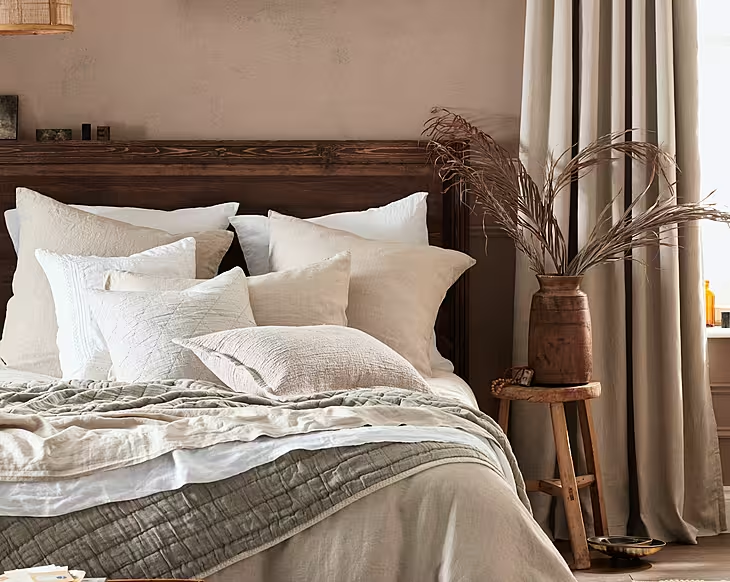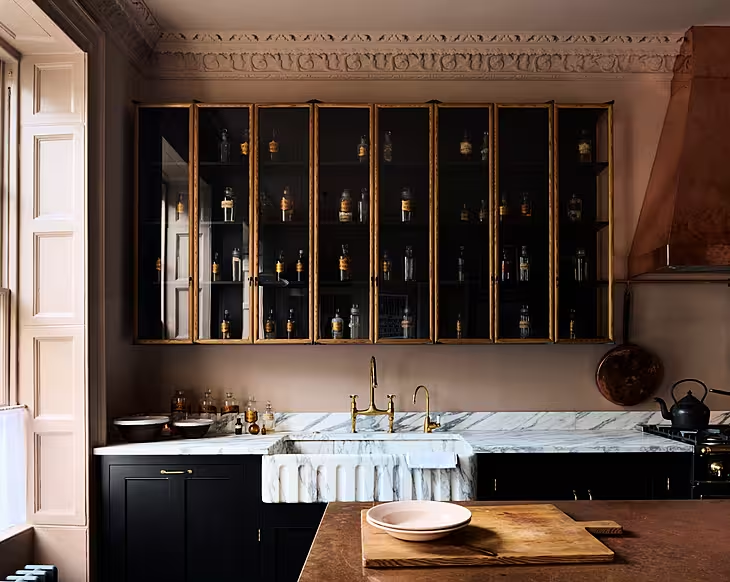Marble? Quartz? Concrete? Or how about Neolith? When it comes to kitchen worktops, your choice in material will be determined by cost, robustness, maintenance and, of course, looks
Quartz
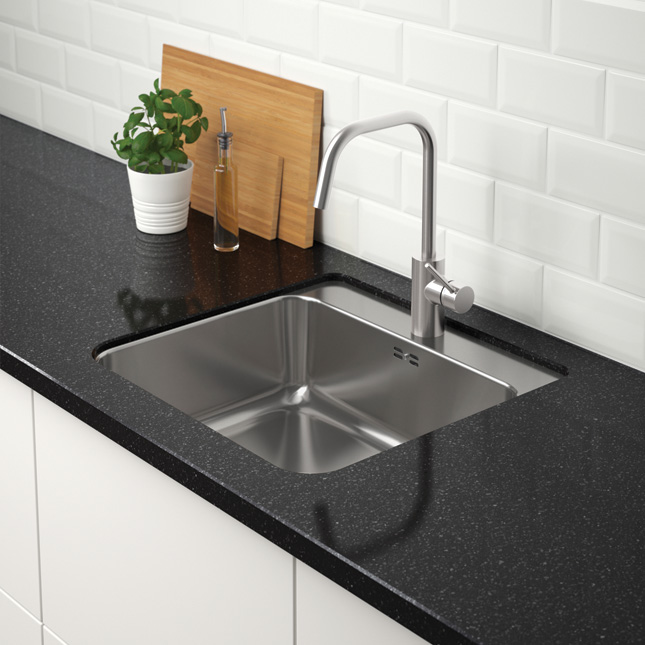 Ikea
IkeaCreated by mixing natural quartz with polymer resins, quartz combines the beauty of natural stone with the durability and flexibility of an engineered material.
Pros
- Super hard-wearing; resistant against stains and scratches
- Available in a huge choice of colours from natural whites, browns and blacks to golds and blues. Glass and metallic flecks can also be added
- It’s a non-porous material, so it's naturally anti-bacterial
- Virtually maintenance free and it doesn’t require sealing
Cons
- Expensive
- Isn’t a natural stone, if that’s the look you’re after – though brands such as Polarstone are producing surfaces that mimic a natural stone
- It can chip around worktop edges if knocked with heavy pots and pans
Price
From €200 per metre
Solid wood
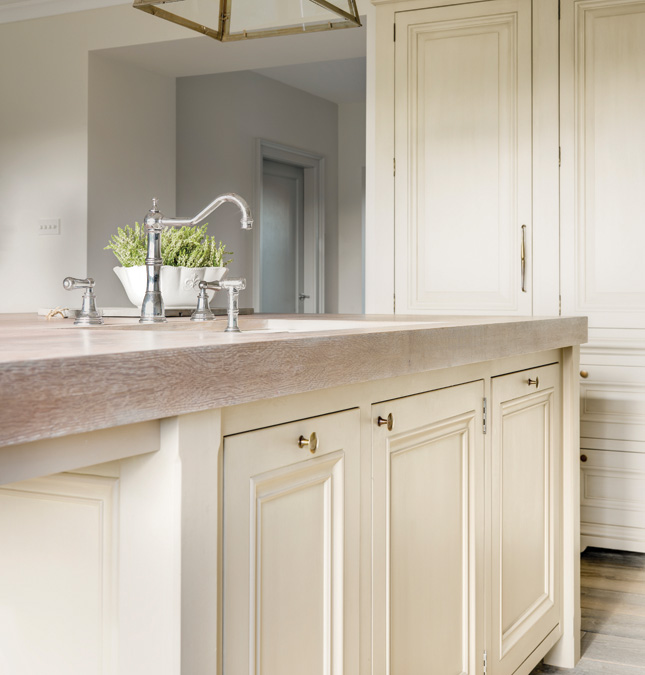 Andrew Ryan
Andrew RyanFavoured for its natural warmth and character that develops with age, popular solid wood kitchen worktops of choice include oak, walnut and iroko.
Pros
- Available in a variety of wood and grains
- Develops a beautiful patina over time
- Can be sanded back to look like new
- Wood is easier to cut than stone and can be used in most situations
Cons
- Can scratch easily - so it's not to be used as a chopping board
- Can scorch if hot pans are placed directly on top
- Can stain easily, though woods like teak and iroko are water resistant due to their higher oil content. You may want to consider installing a wall-mounted tap at the sink.
- Requires oiling at least twice a year
Price
Entry level kitchen worktops start from €150 per linear metre
Concrete
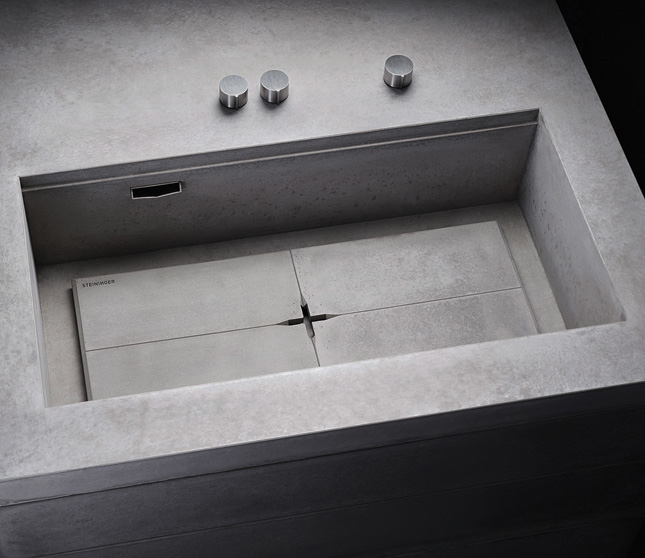 Noel Dempsey
Noel DempseyConcrete kitchen worktops are perfect for giving your kitchen a raw, industrial edge and can be cast in virtually any shape or size for a custom-made finish.
Pros
- Can be customised to a whole new level to create a unique look – unlike natural materials
- Can have all sorts of curves and built-ins and embedded objects
- Comes in a choice of standard concrete colours but can also be mixed with pigments for stronger hues or aggregates like sand or crushed limestone
- Very tactile and durable
Cons
- Can develop a mottled or blotchy effect over time
- Prone to scratching, although this may only adds to its character
- It’s heavy. Keep in mind that units may need to be reinforced to support its weight
- Requires a food-grade sealer or finishing wax to prevent staining
Price
From €800 per linear metre
Marble
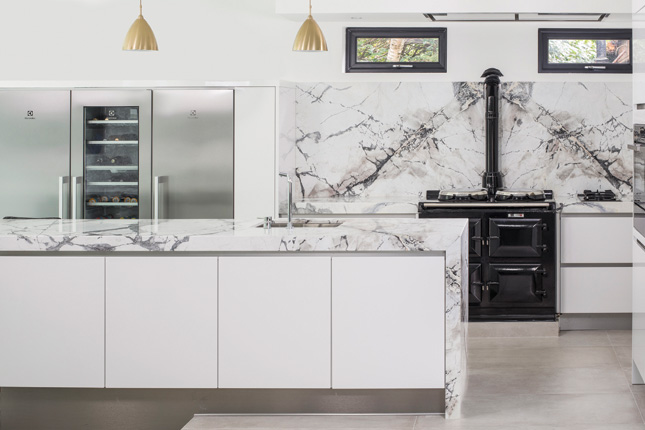 Kube
KubeWith its veining and cool colour choices, ranging from grey to brown, black and even pink, nothing beats the natural beauty and luxurious appeal of marble kitchen worktops.
Pros
- Available in a variety of colours, as well as finishes, such as polished or honed (the latter has a matte look and is much more kitchen friendly)
- As it’s a natural material, every worktop is unique
- With advances in technology, marble can be cut into a variety of sizes and shapes
- Great when working with pastry as it’s naturally cool
- It is heat resistant yet hot pots can discolour or burn the surface
Cons
- Softer and more porous than granite
- Can easily stain; particular caution is required with red wine, coffee and juice spills.
- Requires professional, repeated sealing – usually every six months
- Scratches easily
- More expensive than granite or quartz; Carrara marble is one of the least expensive natural worktop materials on the market.
Price
From €800 to €1,000 per linear metre; Carrara marble costs from €3,000 per metre
Neolith
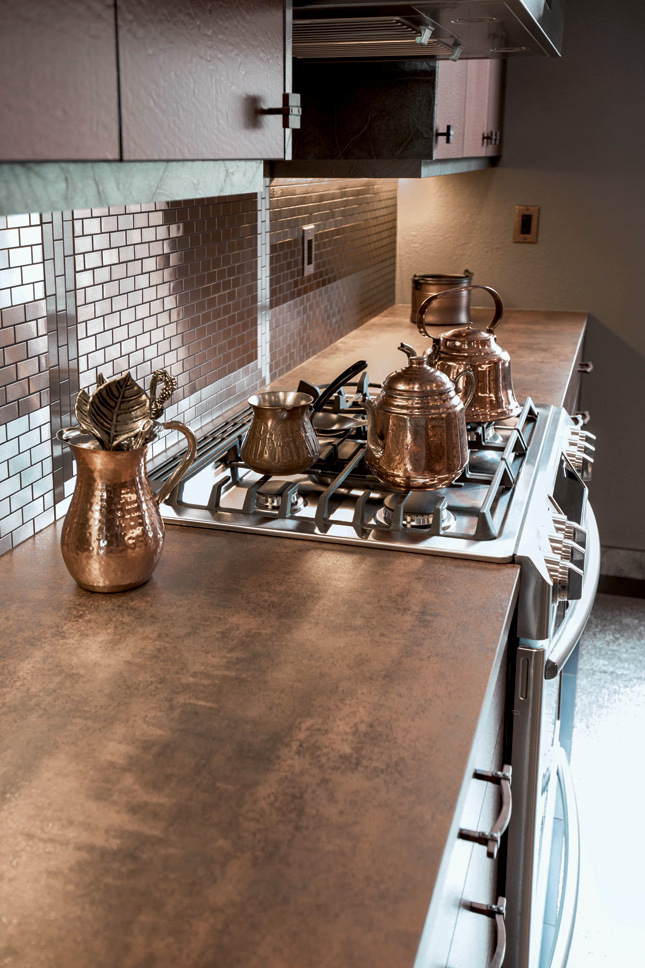 Dublin Tile Merchant
Dublin Tile MerchantHailed as the worktop material for 2018, Neolith is a revolutionary sintered stone, which is made from combining granite, glass and natural oxides under a high temperature.
Pros
- Practically indestructible; no other material comes close. You can’t stain it, burn it or scratch it
- Available in a huge range of range of patterns, colours and finishes, with textures running from rough through to highly polished
- Can be book-matched, which means two pieces of the same stone can be joined to create a mirrored pattern on the surface
- Maintenance free
Cons
- Expensive
- Lacks the feeling of granite and quartz
Price
From €500 per linear metre
Stainless steel
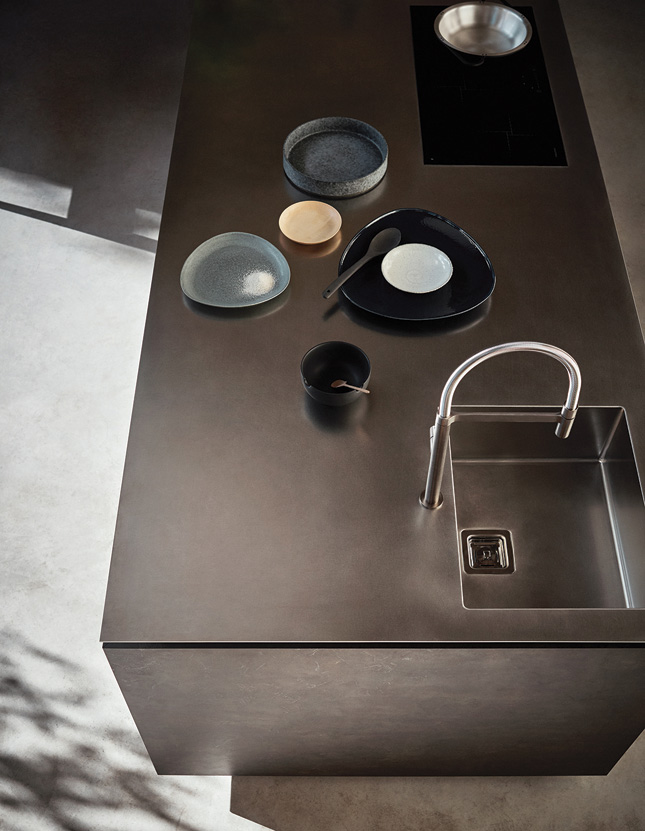 LOMI Design
LOMI DesignThere’s good reason why stainless steel is favoured by restaurants, it’s completely hygienic and resilient to almost anything a busy working kitchen can throw at it. Plus, it looks gorgeous.
Pros
- Aesthetically pleasing and distinctively contemporary
- Resistant to water, heat stains and generally all stains; no liquid can penetrate into the material
- Anti-bacterial; mould and other kitchen germs don’t stand a chance with stainless steel.
- The metal is flexible enough to allow it to wrap around islands or even incorporate a back splash
Cons
- It does scratch, and will repeatedly; some prefer the patina that develops with scratches
- Expect some dents after a while; tight and correct installation should limit this happening
- Can have a ‘cold look’
- Noisy; more so than other kitchen worktops
- Shows up smudge marks and fingerprints
Price
2.2cm thick and 60cm deep from €345 per linear metre
Ask an Expert
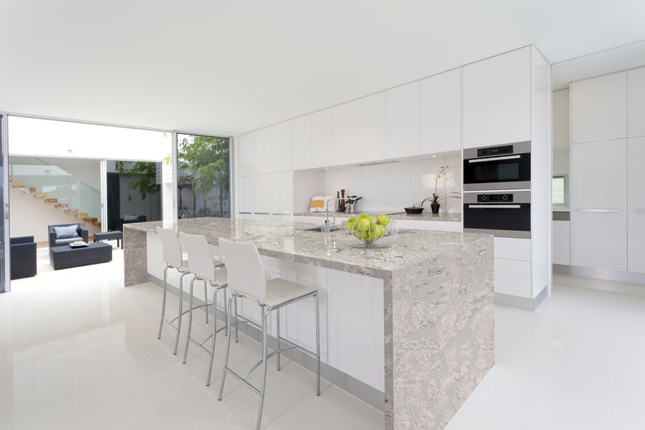 Comet Stone
Comet StoneEd Mulligan of Comet Stone shares his three top tips on how to achieve a cohesive kitchen
- People tend to choose the colour of their kitchen first, then spend painstaking hours trying to find a stone to suit the colour of the kitchen. I always advise that you choose your kitchen worktops first and then match the paint colour.
- There are many paint companies out there that partner with stone manufacturers. For example, Cambria USA have a partnership with Benjamin Moore, which is available from MRCB in Dublin.
- The surface of your kitchen is in general the largest surface area, visually, and acts as the centrepiece of your room. Most stone, whether engineered of natural, will be made up of different colours. By taking a colour from the stone and using it on your doors you can create a kitchen that looks complete and well-thought-out.









